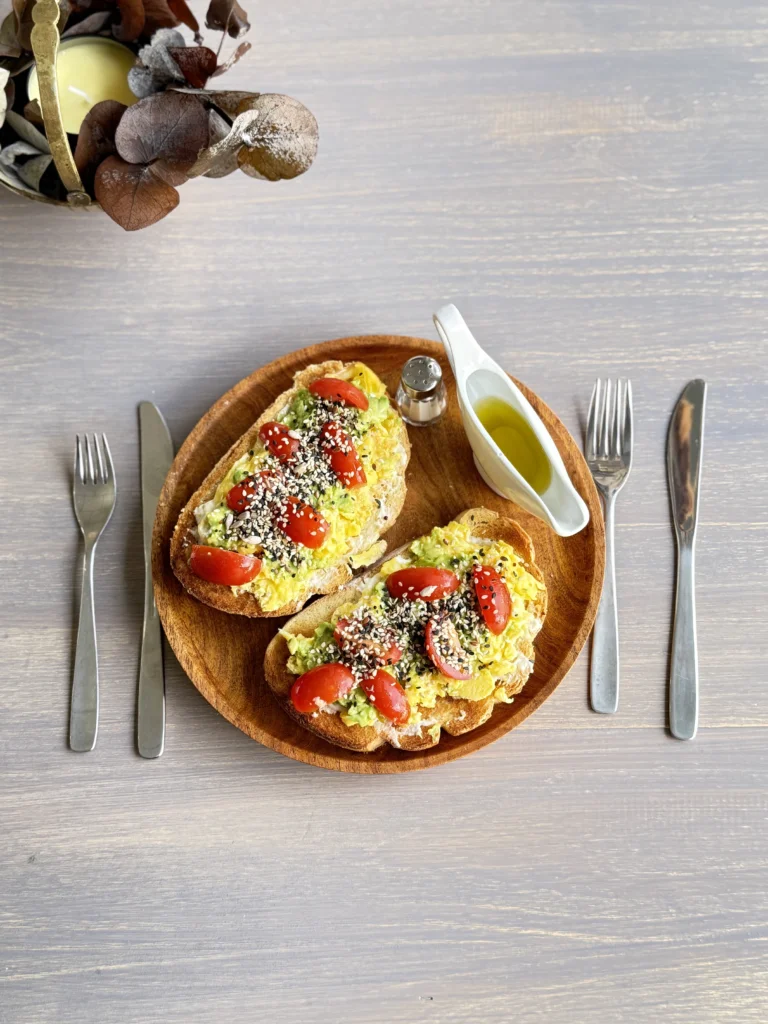
You’re stuck in a cycle where stress hits, and suddenly you’re elbow-deep in a bag of chips, feeling worse than before. I can tell you that emotional eating isn’t about willpower—it’s about rewiring deeply ingrained patterns that your brain uses to cope with difficult feelings. The truth is, you can break free from this exhausting cycle, but it requires understanding exactly why your mind turns to food when emotions run high, and what you can do instead.
Identify Your Emotional Eating Triggers

When you find yourself reaching for that bag of chips after a stressful day or diving into ice cream when you’re feeling lonely, you’re experiencing emotional eating triggers in action. I can tell you from years of helping people break this cycle, the first step is recognizing what sets you off.
Your triggers aren’t random—they’re specific emotional states that drive you straight to food for comfort. Start tracking when you eat outside of hunger. Write down what you’re feeling: angry, bored, anxious, sad, overwhelmed. I’ve never seen someone overcome emotional eating without first identifying their personal trigger patterns.
Notice the situations too—work pressure, relationship conflicts, financial stress. These underlying emotional drivers often trace back to childhood messages about worthiness, where food became a source of comfort during difficult times. Once you know your triggers, you’ll have the power to interrupt them before they control your choices.
Keep a Food and Mood Journal
Although identifying your triggers gives you awareness, you need concrete data to truly understand your emotional eating patterns, and that’s where a food and mood journal becomes your most powerful tool. I can tell you from experience, tracking both what you eat and how you feel creates undeniable patterns you can’t ignore.
Write down everything you consume, the time, and your emotional state before eating. Don’t just note “stressed” – be specific. Write “frustrated about work deadline” or “lonely after argument with partner.” I’ve never seen someone fail to discover shocking connections within two weeks of consistent tracking.
This isn’t busy work – it’s intelligence gathering. You’re building a database that reveals exactly when, why, and how your emotions hijack your eating decisions. Just like evaluating your physical health with the same rigor as financial assessments, your food and mood journal provides the concrete data needed to identify which habits are draining your energy and which situations consistently challenge your confidence around food.
Practice Mindful Eating Techniques

While your journal reveals the patterns, mindful eating gives you the power to break them in real-time. I can tell you this technique stops emotional eating dead in its tracks when you apply it consistently.
Before taking a single bite, pause and ask yourself: “Am I physically hungry, or am I feeding an emotion?” Rate your hunger on a scale of one to ten. If you’re below a five, you’re likely eating emotionally.
When you do eat, slow everything down. Chew each bite twenty times, put your fork down between bites, and focus on the food’s taste, texture, and smell. I’ve never seen someone overeat when they’re truly paying attention. This awareness creates the space you need to make powerful, conscious choices.
Remember that consistency over intensity is key – even five minutes of intentional mindful eating practice can be more beneficial than forcing yourself through an hour of rigid meal restrictions.
Develop Alternative Coping Strategies
Mindful eating gives you the awareness, but you need a full toolkit of healthy responses to replace the emotional eating habit completely. I can tell you from experience, having backup strategies ready makes all the difference when emotions hit hard.
Create your personal arsenal: deep breathing exercises, quick walks around the block, calling a trusted friend, journaling your feelings, or doing pushups. I’ve never seen anyone successfully break emotional eating without at least three go-to alternatives they can deploy instantly.
The key is matching the strategy to your emotional state. Anger needs physical release like exercise, while sadness might require connection through reaching out to someone. Practice these responses when you’re calm, so they become automatic when stress strikes.
Just 30 minutes of daily exercise can flood your brain with dopamine and endorphins, naturally reducing stress and eliminating the need to reach for comfort food when emotions run high.
Create a Supportive Environment

Even the strongest willpower crumbles when you’re surrounded by trigger foods and unsupportive people. I can tell you from experience, your environment controls your success more than motivation ever will.
Start by clearing trigger foods from your kitchen, car, and workspace. Don’t keep ice cream “for guests” – that’s self-sabotage disguised as hospitality. Stock healthy alternatives instead: cut vegetables, nuts, herbal teas.
Next, communicate your goals to family and friends. Ask them to stop offering you comfort food when you’re stressed. I’ve never seen someone succeed while their spouse keeps bringing home donuts during tough times.
Create physical barriers too. Store remaining treats in inconvenient places, use smaller plates, keep a food journal visible on your counter as a constant reminder.
Consider establishing a dedicated space for stress relief with calming elements like aromatherapy candles or essential oil diffusers, giving yourself healthy alternatives when emotional eating urges strike.
Build a Healthy Relationship With Hunger Cues
Most people can’t tell the difference between emotional hunger and physical hunger because years of stress eating have scrambled their internal signals. I can tell you from working with thousands of clients, rebuilding this connection isn’t complicated, but it requires deliberate practice.
Your body’s hunger cues are powerful tools for regaining control. Here’s how to tune back in:
- Rate your hunger on a 1-10 scale before eating anything
- Wait 20 minutes when you first feel hungry to see if it’s genuine
- Eat slowly and check in with your fullness every few bites
- Track patterns in a journal to identify your unique hunger rhythms
I’ve never seen someone fail when they consistently practice these steps. Your body wants to communicate with you. Consider starting a gratitude journal alongside your hunger tracking to help shift focus toward positive aspects of your relationship with food and body awareness.
Establish Long-Term Sustainable Habits
Once you’ve reconnected with your body’s natural signals, the real work begins: making these changes stick for life. I can tell you from years of coaching clients, the people who succeed don’t rely on willpower alone. They create systems that work on autopilot.
Start small and stack your wins. Replace one emotional eating trigger with a healthy alternative each week. When work stress hits, take five deep breaths instead of reaching for cookies. I’ve never seen someone fail when they focus on one task at a time.
Track your progress without obsessing. Note patterns in a simple journal, celebrate small victories, and adjust when you stumble. Use the SMART method to set specific, measurable goals for your emotional eating recovery that include realistic timelines and clear milestones. Recall, you’re building a fortress against emotional eating, brick by brick.
Conclusion
Breaking free from emotional eating isn’t easy, but you’ve got the tools now. Start with your triggers, keep that journal, and practice mindful eating daily. I can tell you from experience, developing new coping strategies takes time, but it’s worth every effort. Create your supportive space, listen to real hunger, and focus on habits that’ll stick. You’re stronger than your cravings, and lasting change happens one conscious choice at a time.





Leave a Reply